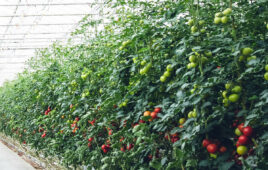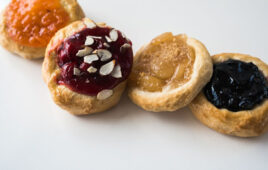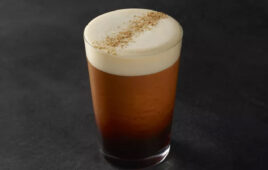Chefs utilize the dry heat of the oven in many dynamic ways, including in this go-to cooking technique.
Whether a chef is hoping to tenderize a fine cut of meat or crisp up some hearty vegetables, roasting is one of their best options. The process requires a very hot oven—typically over 375—an open roasting pan, and an added layer of fat and seasoning to coat the ingredients.
Roasted vs. Baking
One of the easiest ways to understand the art of roasting is to compare it with its sister technique, baking. Roasting cooks an ingredient that is already intact—such as a chicken, carrots, or pork tenderloin, for example. Baking, on the other hand, brings ingredients together to create something else entirely, like cookies, cakes, a casserole, or bread.
For the most part, roasting also requires a higher heat in the oven—though in some cases, larger cuts of meat can be roasted slowly for tenderness as well. The ingredients are typically uncovered and even raised on a roasting rack, allowing the dry heat of the oven to reach every part of the food.
Baking, on the other hand, cooks at a lower heat in most cases, may need to be covered, and is rarely agitated throughout the cooking process.
How to Roast Properly
A proper roast requires a bit of prep before it heads into the oven. When it comes to meat, a chef may season the cut beforehand—either in a marinade or dry spice rub—giving the meat at least several hours to rest in the seasoning.
The oven is often started off at a high heat and cooked for about 30 minutes before lowering the temperature for internal cooking, depending on the meat and recipe.
The meat is then roasted until it reaches the proper internal temperature, when it is then removed and allowed to rest for 10-15 before slicing.
Similarly, vegetables receive the same coating of fat and seasoning, but will likely only require the quick blast of high heat at the beginning of the process.
Club chefs will turn to roasting for everything from a Thanksgiving turkey to the side of crispy Brussels sprouts.




